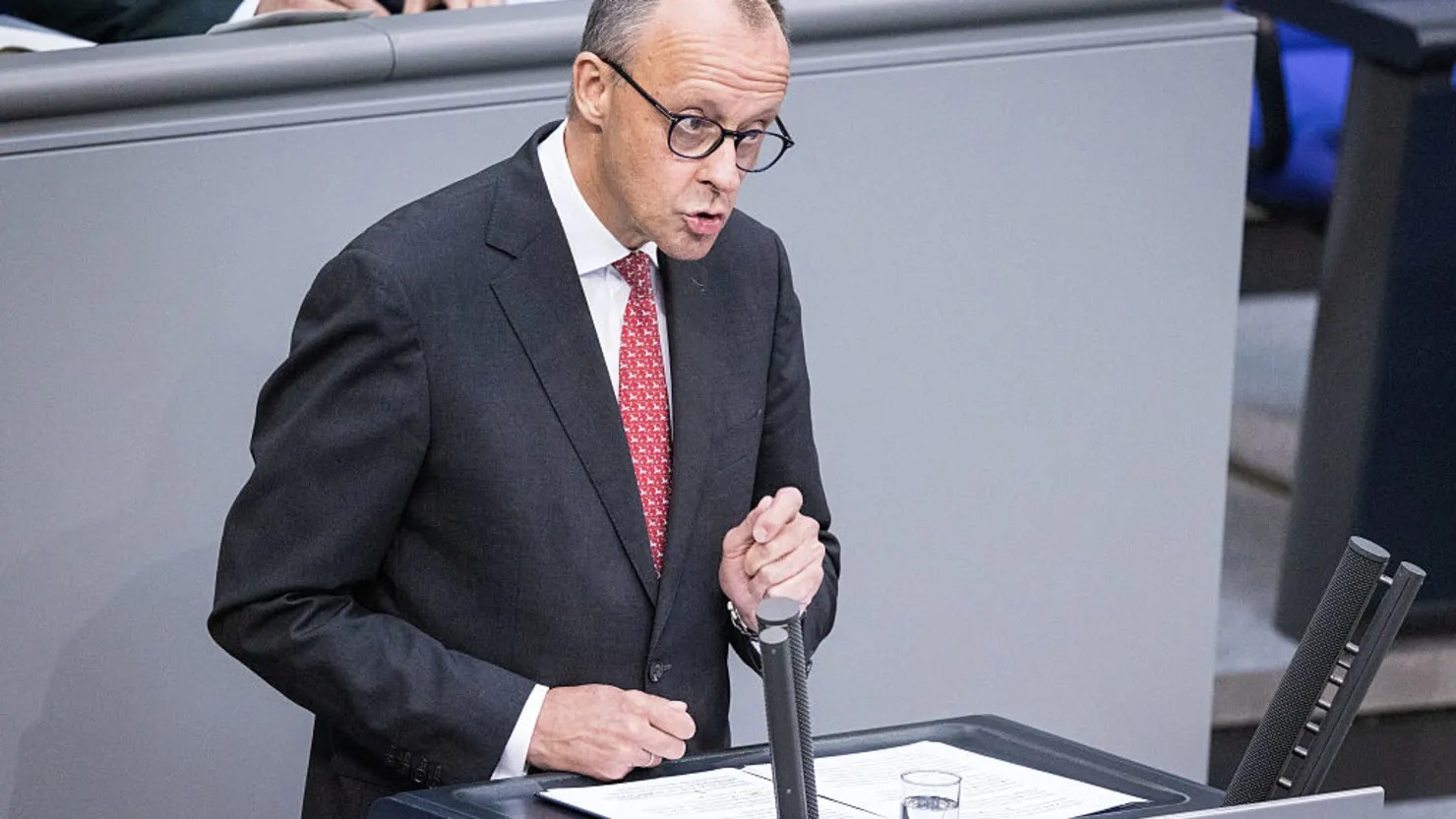Germany was billed as Europe’s growth driver, but economists are now tempering expectations, questioning if — and when — the much-anticipated turnaround will arrive.
Earlier this year, optimism was high. Policymakers and analysts believed fiscal reforms and massive investment plans would revive Germany’s sluggish economy and provide a much-needed boost to the euro zone. Among the key changes were adjustments to the long-standing “debt brake” rule, which restricts how much debt the government can carry. Under the revisions, certain defense and security expenses are exempt, creating new fiscal room. In addition, Berlin launched a €500 billion ($592 billion) infrastructure and climate investment fund, a move seen as potentially transformative.
At the time, the initiatives were hailed as a game-changer. Yet, the reality has been more subdued. After back-to-back annual contractions in 2023 and 2024, Germany’s 2025 economy got off to only a muted start. GDP rose 0.3% in the first quarter but fell 0.3% in the second. The broader euro zone also struggled, slowing from 0.6% growth in Q1 to just 0.1% in Q2.
European Central Bank Governing Council member Martins Kazaks recently pointed to Germany as the key to fiscal-driven growth in the region. But experts warn the impact may take longer than hoped.
“In Germany, it takes time to spend money”
Holger Schmieding, chief economist at Berenberg, noted that while defense orders and infrastructure projects are starting, they are not yet showing in output data.
“All in all, everything is progressing as we expected after the debt brake reform,” he said. “The actual spending is slower than many pundits had hoped. In Germany, it takes time to spend money.”
Franziska Palmas, senior Europe economist at Capital Economics, added that Germany faces a “much higher deficit” in the years ahead due to both investment and additional commitments. These include electricity tax cuts for businesses and rising outlays for pensions, healthcare, and social benefits. While tax cuts may spur some growth, Palmas noted that demographic-driven spending on healthcare and pensions is unlikely to fuel the economy.
She forecast that Germany will see more growth in 2026, but not as much as early projections suggested.
A limited boost?
German economic institutes have cut growth forecasts, now projecting just over 1% growth next year. The ECB expects euro zone growth of 1% in 2026.
Berenberg’s Schmieding estimates that German stimulus will add around 0.3 percentage points to Germany’s growth and 0.1 points to the euro zone’s overall expansion. Palmas puts Germany’s contribution closer to 0.2% for the bloc in 2026.
Other influences will also shape euro zone growth: recent ECB interest rate cuts, Spain’s strong momentum from immigration and job creation, and external pressures such as U.S. tariffs (seen as a 0.2% GDP drag) and French fiscal tightening.
Beyond numbers, Schmieding emphasized Germany’s symbolic importance:
“The transition of Germany from its mini-recession until mid-2024 to significant growth from late 2025 onwards will have modest positive confidence effects on its neighbors. After all, Germany is usually their most important trading partner.”

